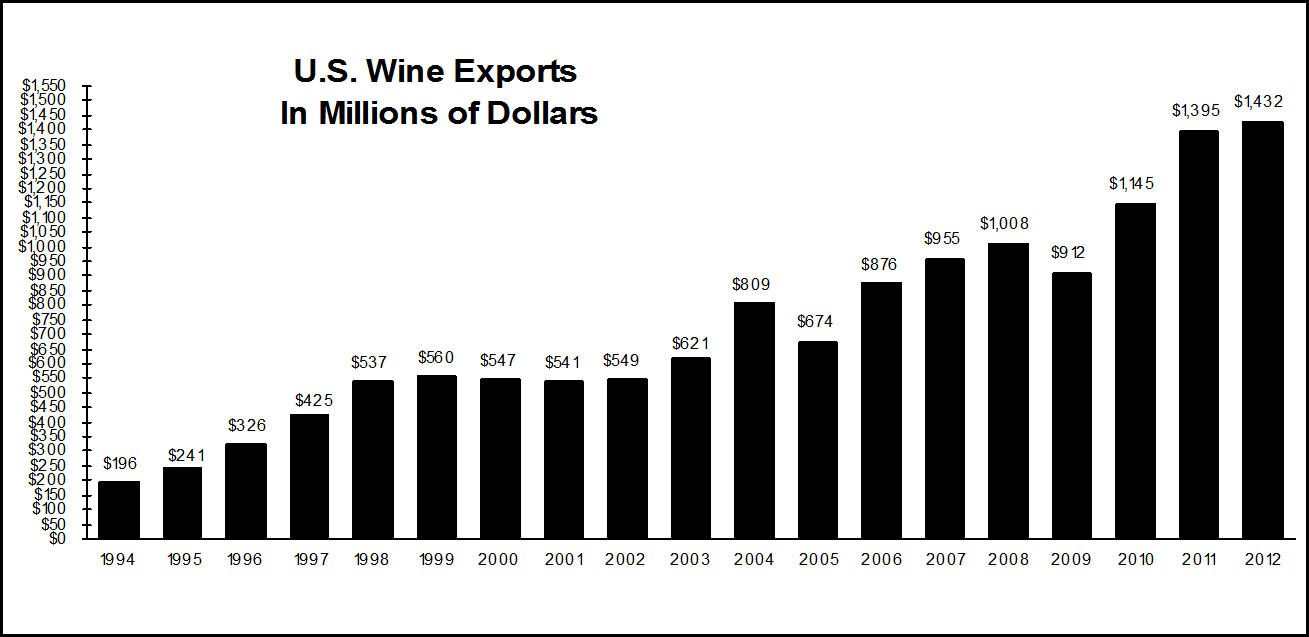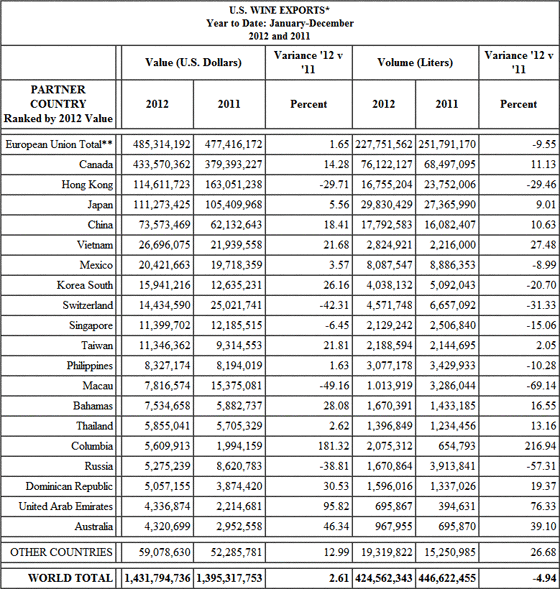PROSECCO SUPERIORE
DOCG is Clearly “SUPERIORE’
The steep, green rolling hills located between Venice (Venezia) and the Dolomites (Alps)
is home to a New, CLASSIFIED DOCG Region
(2010) known solely for its PROSECCO wines, made from the GLERA grape, Prosecco’s
historic regional name.
The Region of PROSECCO SUPERIORE DOCG is easily the most
beautiful sparkling wine region in the world. The rolling hills turn into steep
hillside vineyards, only kilometers apart. From the vineyards, you can see both
the Alps and the Adriatic. This unique
‘terroir’ is what this new classified DOCG region visually offers the visitor.
Geographically located midway between the Adriatic Sea and
the Alps, the grapes are equally influenced by the Adriatic
sea climate and the breezes from the Alpine mountains. The late
ripening grapes are influenced by sunny days, heavy rain and cool breezes.
The PROSECCO SUPERIORE DOCG Region is the area located in-between
CONEGLIANO and VALDOBBIADENE. The steep
vineyards, with low yields, produce wines that are generally considered Robust and “SUPERIORE” as compared to other non-DOCG
Proseccos.
PROTECTION of ORIGIN has always been the GOAL for the
regional vineyards and the voice of the vineyard owners, the CONSORZIO, has
made the DOCG rating a reality. The PROSECCO SUPERIORE DOCG name tag PROTECTS the vineyards and is a
true stamp and GUARANTEE for QUALITY. (Champagne was Officially Designated a
Protected Region in 1927)
The Historical Region of CONEGLIANO-VALDOBBIADENE is now recognized as a DOCG region. Each bottle now carries a DOCG (tag) banner attached to the neck of each bottle. Like wines from the Chianti region that carry the ROOSTER on the neck of the bottle, PROSECCO DOCG SUPERIORE wines now have their own pedigree or label of AUTHENTICITY.
The Historical Region of CONEGLIANO-VALDOBBIADENE is now recognized as a DOCG region. Each bottle now carries a DOCG (tag) banner attached to the neck of each bottle. Like wines from the Chianti region that carry the ROOSTER on the neck of the bottle, PROSECCO DOCG SUPERIORE wines now have their own pedigree or label of AUTHENTICITY.
When purchasing Prosecco LOOK for the DOCG label attached to
the neck to know that you are purchasing an AUTHENTIC Prosecco from the Conegliano-Valdobbiadene
Region.
I have learned many interesting FACTS about this newly
designated DOCG region:
+ The Conegliano-Valdobbiadene region may be known as an Official UNESCO
WORLD HERITAGE site in the near future, thus, raising the awareness of the
region for its’ PROSECCO SUPERIORE DOCG wines. It would be the FIRST UNESCO
site to be located in an all vineyard
area.
+ EXTRA DRY Prosecco DOCG has more residual sugar than BRUT,
hence, making the Extra Dry LESS Dry
than BRUT, as we would imagine.
+ EXTRA DRY outsells BRUT in Europe (Time to catch up America!).
+The Prosecco grape is now known as the GLERA grape, its historical regional name.
+ The steep CARTIZZE region in Conegliano-Valdobbiadebe produces the BEST Proseccos.
+ EXTRA DRY outsells BRUT in Europe (Time to catch up America!).
+The Prosecco grape is now known as the GLERA grape, its historical regional name.
+ The steep CARTIZZE region in Conegliano-Valdobbiadebe produces the BEST Proseccos.
+ ONLY wines produced in the precisely defined area in Veneto can be called
PROSECCO. All other wines ,outside of the region, legally, cannot be called
Prosecco.
+ Prosecco can only be sold in GLASS bottles, (Thanks to PARIS HILTON and her cans of Prosecco).
+ Prosecco can only be sold in GLASS bottles, (Thanks to PARIS HILTON and her cans of Prosecco).
+ DOCG stands for DENOMINAZIONE di ORIGINE CONTROLLATTA e
GARANTITA. In English: GUARANTEED and CONTROLLED by the Denomination of Origin..
+ PROSECCO SUPERIORE DOCG is only produced in the following
regions: CONEGLIANO-VALDOBBIADENE; MONTELLO; COLLI ASOLONI.
+ DOCG wines must pass a Government BLIND taste test for quality
in addition to conforming to the strict legal requirements of the area.
+ DOCG wines are Analyzed and Tasted by Government licensed personnel before bottling.
+ DOCG bottles are SEALED and numbered by the Italian Mint. The seal is attached to the Cap or Neck with the DOCG designation.
+ The DOCG wine must be bottled inside the area of production and all bottles must be approved and must carry the DOCG strip on the neck of the bottle.
+ DOCG wines are Analyzed and Tasted by Government licensed personnel before bottling.
+ DOCG bottles are SEALED and numbered by the Italian Mint. The seal is attached to the Cap or Neck with the DOCG designation.
+ The DOCG wine must be bottled inside the area of production and all bottles must be approved and must carry the DOCG strip on the neck of the bottle.
+ PROSECCO SUPERIORE DOCG is Italy’s 44th recognized
DOCG.
+ 13,000+ acres are devoted to SUPERIORE DOCG. (Cartizze covers
260 acres)
+ PROSECCO SUPERIORE DOCG production in 2010 was 56 million
bottles. Cartizze production accounted for a Million and a Quarter bottles.
+ Prosecco received a DOC rating in 1969.
+ Prosecco received a DOC rating in 1969.
WHAT IS PROSECCO?
Unlike Champagne,
Prosecco is produced using the CHARMAT method, in which the secondary
fermentation takes place in stainless steel tanks, which makes Prosecco less
expensive to produce than using the Champagne Method.
Prosecco is mainly produced as a sparkling wine , either
Fully Sparkling (Spumante) or Lightly Sparkling (Fizzante) . The GLERA grape is
the grape of Prosecco.
Prosecco is labeled according to sweetness: BRUT (up to15grams of residual sugar)
EXTRA DRY (12-20 grams of residual sugar) DRY (20-35 grams of residual sugar).
Prosecco is low in alcohol, 11 to 12%. Prosecco does not ferment in the bottle and should be consumed young, within two years of production. Outside of Italy, Prosecco is consumed chilled, as an ‘Apertif” and is meant to taste ’Fresh and Light’.
Prosecco is labeled according to sweetness: BRUT (up to15grams of residual sugar)
EXTRA DRY (12-20 grams of residual sugar) DRY (20-35 grams of residual sugar).
Prosecco is low in alcohol, 11 to 12%. Prosecco does not ferment in the bottle and should be consumed young, within two years of production. Outside of Italy, Prosecco is consumed chilled, as an ‘Apertif” and is meant to taste ’Fresh and Light’.
WHY PURCHASE ONLY PROSECCO SUPERIORE DOCG?
The reasons are simple and logical. Prosecco DOCG standards
are meant as a Warranty and Guarantee of the Highest possible Quality for the
consumer, which is you and I.
The rules regarding production are: 1) The vineyards need to
be located in a specific area
2) Vinification must follow the strict rules outlined by the
region 3) Each vintage must pass a Government tasting examination 4) Each
bottle, if passed, must be numbered with a DOCG sticker attached to the bottles
neck.
PHILIP S. KAMPE








